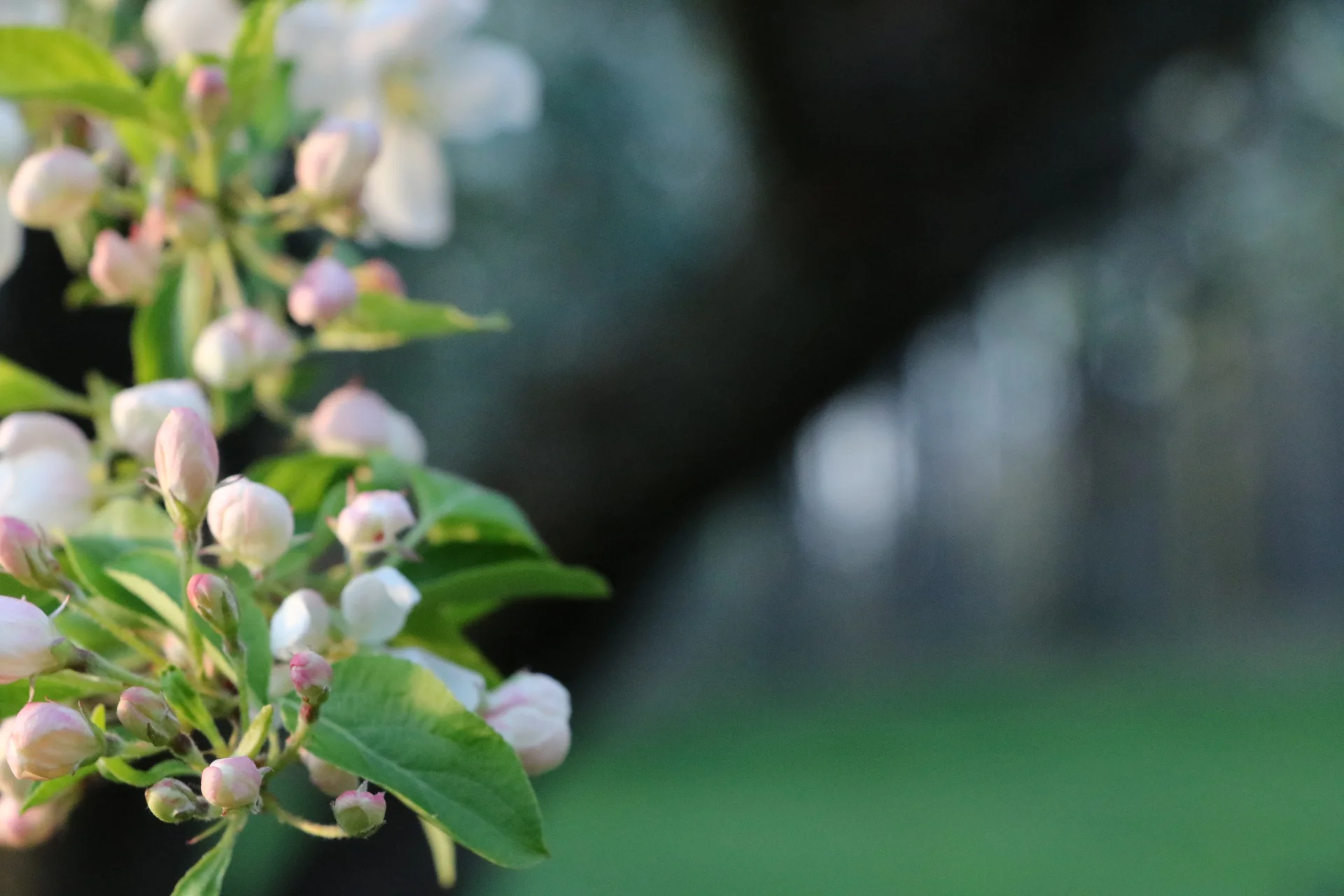Fall Beekeeping - Prepping for Winter
/For may of us in the Northeast, fall is a favorite season. Warm, colorful days, crisp cold nights, and bountiful harvests from our gardens and our hives!
As beekeepers, the cooler temperatures mean that we will soon be closing our hives up for the winter months. There are a few things we can do to help the bees get their affairs in order before the snow flies.
Harvesting Honey
First, if you have honey in your supers now is a great time to harvest! We typically remove our honey supers from the hives sometime around the first week in October. By this point, the nectar flow has just about finished, and the majority of the honey that will be capped is ripe and ready for harvesting.
Feeding
You may consider feeding your bees at this point in the season. We want our hives to go into winter with plenty of resources to get them through the many months ahead. Depending on the size of the colony, it is often recommended to leave 80-100 pounds of honey in the hive. The bees won’t necessarily eat this much, but that’s the amount that you’d typically find in two deep brood boxes, along with the cluster of bees. If your brood boxes are looking empty or feeling light, then we would recommend feeding with a 2:1 sugar syrup. You can feed until average temperatures drop below 50 degrees. We can add winter patties later in the season.
Mouse Guards
As soon as the nights begin feeling cold, it’s a good idea to add mouse guards to the entrance of your hive. The heat that the bees generate is pretty attractive to a mouse looking for a cozy place to build a winter nest. While the mice don’t hurt the bees, they definitely can do a lot of damage to the comb. Mice can squeeze through spaces as small as 1/4”, so simply using the smallest opening on your entrance reducer won’t keep them out. You can create your own version, or we have metal mouse guards at the store that install in about 5 seconds.
Hive Wraps + Insulation
The bees are really good at keeping warm in the winter, but adding an insulated cover and a hive wrap can help to retain some of this heat. If you think about it like your own home, you know that you will burn a lot less fuel to keep a well insulated house warm. The bees will need to burn through a lot less food if they aren’t working so hard to keep the hive warm. In a tree cavity, where a colony would likely form a natural hive, there is a lot of insulation in the walls and “ceiling” that a traditional bee box doesn’t have.
We wrap our hives with a vinyl covered insulating foam and use insulated covers on top.
Good Ventilation + Moisture Control
It seems silly to say that we want to insulate the hive well and then talk about the importance of good ventilation, but having proper air flow in the hive is critical. Warm, moist air is good for the hive, but when that air hits a cold surface, the moisture can drip back onto the bees. When they are wet, they cannot stay warm. We can help this by providing vents in the top of the hive, allowing some of the moist air to escape, and adding quilt boxes to absorb some of the moisture.
In our hives, we typically add a 1” shim to the top of our brood boxes. This extra space gives us a place to lay feed patties later in the season, but also has a hole drilled in it. Air can escape through this hole, allowing good flow in the hive. The bees can also use this as an entrance in the spring.
On top of this shim we place a quilt box. There are many ways to create this space, the goal being to fill it with absorbent material to lock up any excess moisture. One easy method is to staple screen material to the bottom of an empty honey super and then fill it with pine shavings or similar. This allows the hive to retain heat while dealing with the moisture safely.
Mite Treatment and Control
Fall is a critical time to get mite populations under control. Our goal is to send the healthiest possible bees into winter, and bees that are infested with mites will have a difficult time surviving. The mites themselves are a parasite that negatively affects the bees, but even more dangerous are the diseases and viruses that the mites bring into the hive.
Because our winters are long, and the bees spend much of it clustered together inside the hive, it’s a not a stretch to think that any illness brought into the colony will spread. We typically see the results of these types of illnesses manifest themselves in shorter lifespans for the bees. In spring and summer, when lots of new bees are being born all the time, we don’t notice any shrinking of the colony. During the winter months, when few if any new bees are being born, the colony size can decrease pretty rapidly. A small cluster of bees cannot keep itself warm.
There are may treatment methods available, and we’d encourage you to find a plan that works for you. We typically treat our hives in September with formic acid (which is safe with supers still on and kills all stages of mites), and do a follow-up if needed with oxalic acid once temperatures are cooler and little to no brood remains.
Winter Feeding
Check out our article about winter feeding for more info about checking hives and adding food in the winter months.

